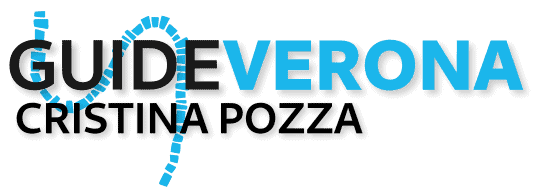The feast and its traditions
Holy Week in Veneto, in Verona and throughout Italy is a period full of celebrations. It is a time when faith and tradition intertwine, giving rise to rites and customs that have their roots in history.
House cleaning and preparation for Easter
In the early days of Holy Week, tradition has it that house cleaning is done thoroughly, a custom that originates in Jewish culture. In fact, the Jewish Passover requires the elimination of every little trace of dust, as a ritual of purification of the house and the body.
Many of the customs related to Easter are found throughout Italy, although with regional variations.
The most important moments of Holy Week
The days before Easter are marked by rites and celebrations that recall the Passion of Christ. Among the most significant moments we find:
- The Last Supper and the Washing of the Feet (Holy Thursday)
- Judas' betrayal and Jesus' capture
- The Calvary and the Crucifixion (Good Friday)
- The burial of Jesus (Holy Saturday)
- The Resurrection (Easter Sunday)
The bronze tiles of the portal of the Basilica of San Zeno in Verona offer a splendid representation of these events.
The testimony of Egeria
One of the oldest testimonies of Holy Week comes from the nun Egeria, who went on a pilgrimage to Palestine in the 4th century. According to her description, the commemoration of the Passion already included the procession of Palm Sunday, which led to the Martirium, the church of the Passion on Golgotha.
The rites of the Easter Triduum
Starting from Holy Wednesday, heavy work at home ends and the Easter Triduum begins, the most sacred period of Holy Week.
- Holy Thursday: the Last Supper and the Washing of the Feet are celebrated, a symbol of humility and service.
- Good Friday: it is the day of the Passion and Death of Christ. Traditionally, the sky is overcast, the moon has just passed full moon and silence pervades the day.
- Holy Saturday: day of the burial of Jesus. In the past, farmers brought holy water from the church to their homes and put it in the holy water fonts next to their beds.
- Holy Saturday: day of the burial of Jesus. In the past, farmers brought holy water from the church to their homes and put it in the holy water fonts next to their beds.
Easter culinary traditions
Venetian cuisine has its typical dishes for Easter. These include homemade tagliatelle, a symbol of abundance and renewal, and the Easter dove, a cake that represents peace and rebirth.
Happy Easter to everyone!
Information
For guided tours in Verona, write to info@guideverona.net or call 339 8875599.




